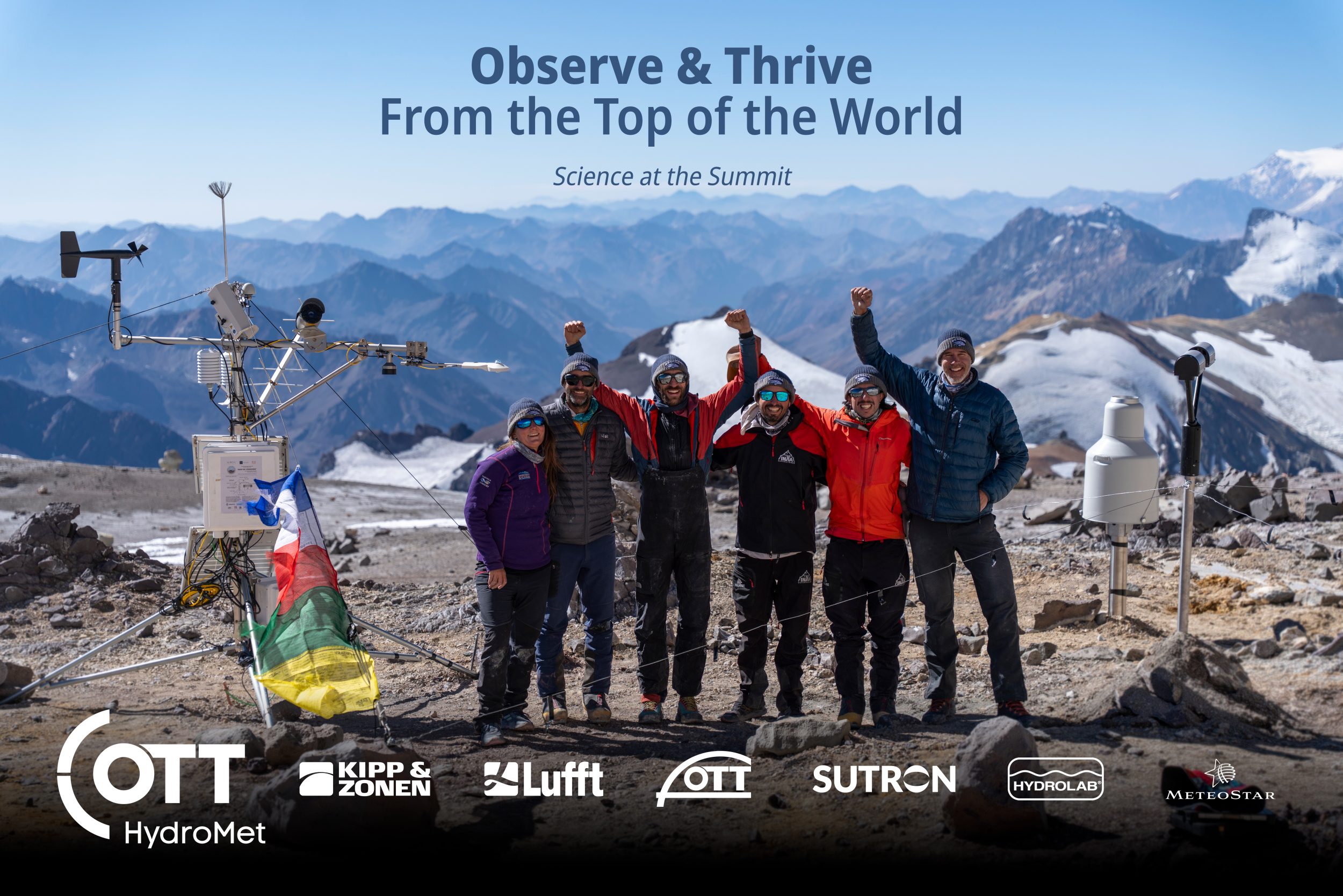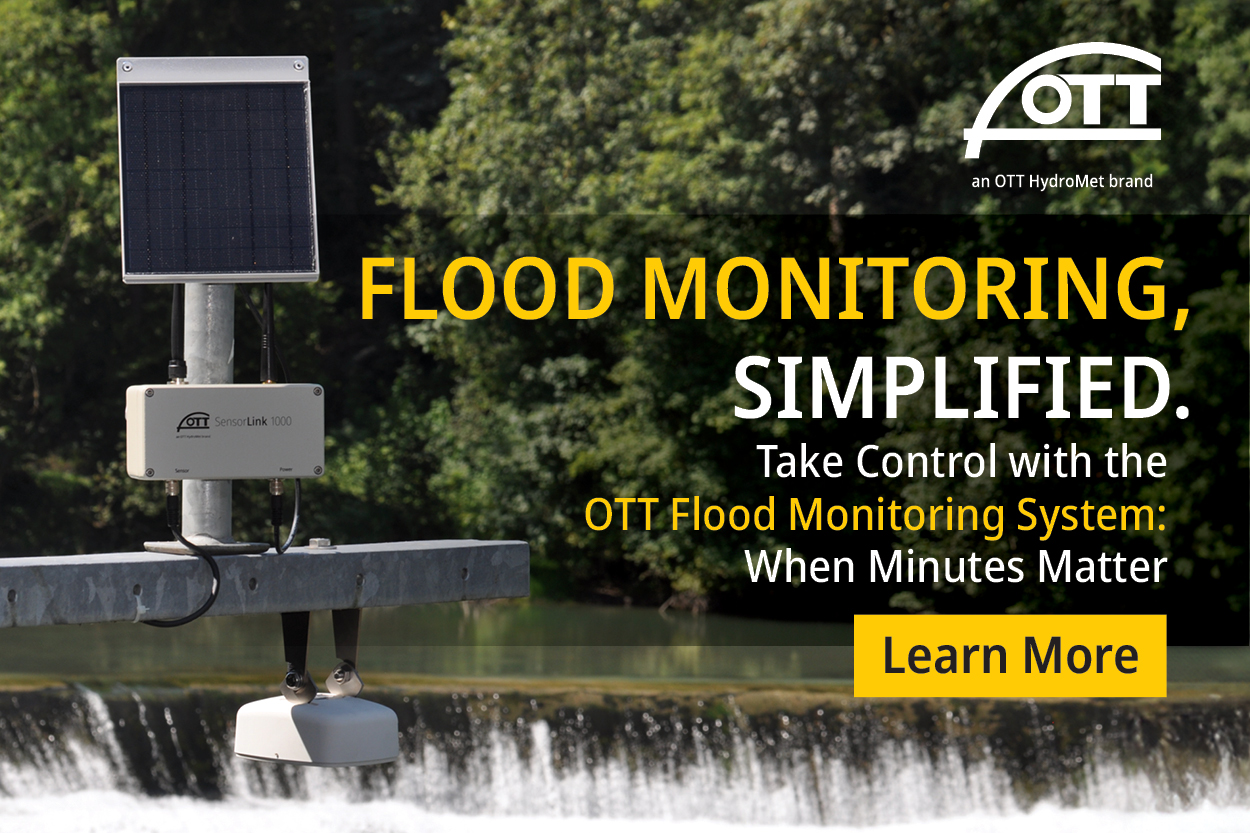What connects a manufacturer of meteorological measuring instruments with the automotive industry? More than you think as you can read in the latest blog entry from our CEO Klaus Hirzel…

What connects a manufacturer of meteorological measuring instruments with the automotive industry? More than you think.
MARWIS is coming. Installed on the vehicle.
For Lufft, the most important exhibition of the year takes place in Amsterdam at the end of March 2014 – Intertraffic. The worldwide marketplace for traffic technology specialists. We look forward to welcoming Lufft partners from around the world. What matters at this show are true innovations.
Development never stops; there is no such thing as the perfect product. In environmental monitoring technology, we are just as concerned with the parallel operation of highly precise individual sensors as we are with the product family of intelligent all-in-one meteorological sensors. The Lufft WS800 is eagerly awaited by many of our customers. At Intertraffic we can now also report on the technical details of this environmental sensor.
In terms of individual sensors, we are significantly expanding our product range through optical sensor technology. This relates to special applications for snow line and cloud height measurements, both in meteorology as well as at airports.
The most important topic, however, is the introduction of MARWIS – a weather sensor that is not only portable but also mobile. This year, 500 pilot installations worldwide will quickly demonstrate to users the potential of this new sensor.
How MARWIS is tested.
In southern Germany, Lufft works at a location near Stuttgart which has a great deal of sunshine. Winter days are “hit and miss”, so car manufacturers go to Sweden for winter testing. Our engineers came up with an interesting alternative for MARWIS product testing.
You can identify meteorological manufacturers from the fact that, typically, a wide range of sensors are installed on the roofs around the site. These measure precipitation, wind, air temperature, humidity, air pressure, radiation, and much more.
These long-term test methods are suitable for stationary sensors.
How do we test mobile sensors? How do we record 100 readings per second while moving? Take a robot that assumes control of the MARWIS and drives off. Fast and slow. And, during these trips in the company’s laboratory, we simulate all types of road conditions. And on different road surfaces such as concrete and asphalt. We generate and dissolve (evaporate) water films. The MARWIS robot patiently holds the sensor and checks whether the water film measurement is working reliably in the micrometer range. This takes place “24/7”, i.e. 24 hours a day / 7 days a week – around the clock. And we don’t depend on it snowing…
Such test methods by our engineers fascinate us and our customers, who increasingly visit us in Fellbach. Please contact us if you are interested in visiting. We will be happy to show you how we do things.
And to return to the original question: without robots, car production today would be unthinkable. Without our robot, the MARWIS development would be inconceivable. MARWIS will be attached to the car. And later it will be built into the car. But then that’s another story…


